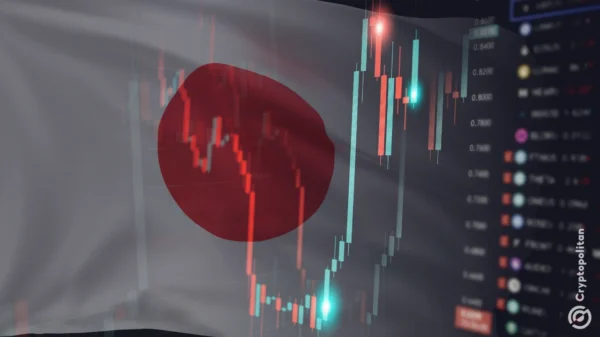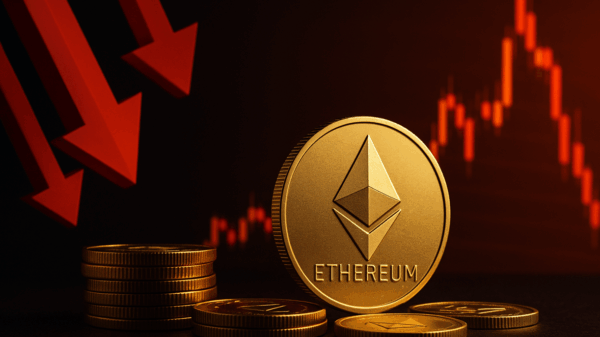In a market characterized by slow and steady declines, the actions of long-term holders are coming to the forefront as they gradually sell their Bitcoin (BTC) holdings. This trend is creating a controlled descent in prices rather than a chaotic crash, which has become a point of frustration for investors who had anticipated a seasonal rally.
Recently, Bitcoin has lagged behind traditional assets like gold and the S&P 500, which has led to a sense of disappointment among market participants. As the year draws to a close, many long-term holders seem to be opting to lock in profits rather than wait for a bullish turnaround that has yet to materialize.
Chris Kuiper, CFA and VP of Research at Fidelity Digital Assets, highlighted the role of long-term holders in this ongoing sell-off. He pointed out that even with notable purchases by exchange-traded funds (ETFs), corporations, and institutional investors, Bitcoin is still under significant selling pressure. A key indicator of this trend is the percentage of Bitcoin that has remained dormant for over a year, which typically increases during bear markets.
Kuiper”s analysis indicates that this current cycle is distinct from previous ones. Unlike past market cycles where profit-taking occurred in sharp spikes during euphoric phases, the current sell-off has been characterized by a “slow bleed.” This continuous reduction in inactive supply reflects a more subdued market sentiment, where long-term holders are methodically trimming their positions as Bitcoin drifts sideways.
Moreover, Kuiper noted that the psychological state of investors plays a significant role in this trend. The recent underperformance of Bitcoin compared to gold and equities has left many feeling weary. As a result, some holders appear to be making adjustments for tax reasons or simply due to a lack of confidence in a bullish rally.
In line with Kuiper”s observations, analyst Julio Moreno from CryptoQuant reinforced the notion that the current sell-off resembles earlier cycles, albeit at a more tempered pace. His analysis of the drawdown in one-year inactive supply reveals that while the dynamics have shifted, the underlying patterns remain consistent with historical trends.
Interestingly, Kuiper also addressed the growing criticisms surrounding Bitcoin”s recent performance relative to gold. Despite the frustrations, he pointed to a positive aspect: Bitcoin”s correlation with gold is declining. This shift may enhance Bitcoin”s attractiveness as a diversification tool for institutional investors seeking assets that do not mimic traditional commodities.
Ultimately, while the divergence between Bitcoin”s strong fundamentals and its underwhelming price action is evident, the current market dynamics reveal a complex interplay of long-term strategies and investor psychology. As the market continues to evolve, the actions of long-term holders will remain pivotal in shaping the trajectory of Bitcoin and its role within diversified investment portfolios.






































































